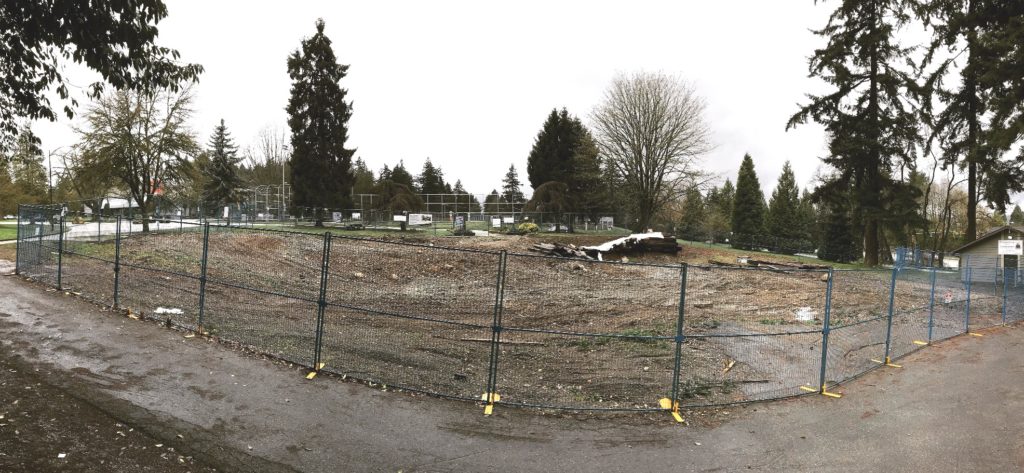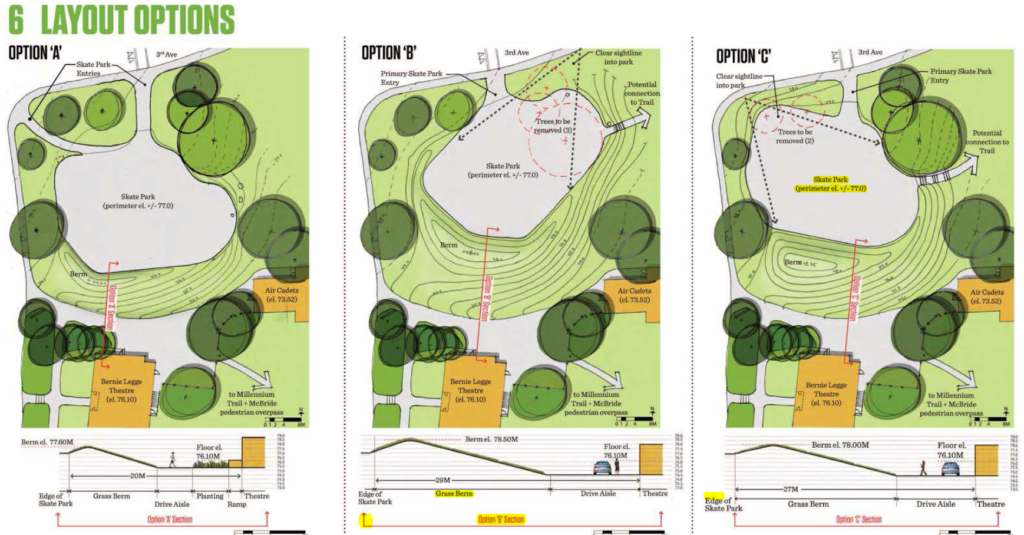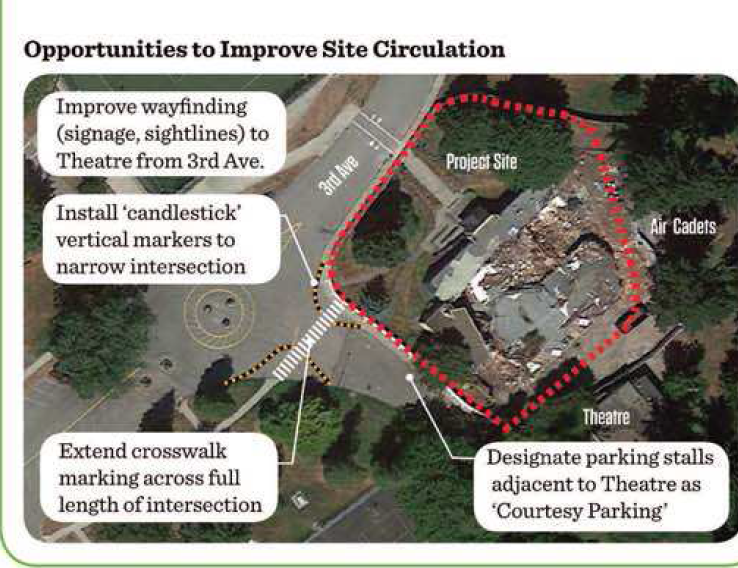Our Council meeting on May 7 was long and a little chaotic. It included several announcements and proclamations, and large numbers of people coming to Public Delegations. Because we were aware some people were delegating on agenda items, the schedule was mixed up a bit so Council could hear from them before we made any decisions (I will blog about these delegations in a future blog; they are topics we will be talking about more in the upcoming weeks and months). This means the order of things that happened over the 5+ hours is not really reflected in the agenda you might read online, and I honestly don’t want to sit through a 5-hour video recording to make sure my blog is in order of occurrence, especially as I am editing this up almost a week after the event because I was helping run a conference in Whistler all week… all this to say the following may not be in the order of occurrence, but I think it covers all of the decisions we made.
This Council Meeting included an Opportunity to be Heard:
Amendment to Construction Noise Bylaw No. 6063, 1992 (Amendment Bylaw 8013, 2018)
We talked about this a bit during First and second reading at the last meeting, but the City is updating its construction noise Bylaw to reduce some allowable weekend work hours and bring our construction schedule more in line with what other Cities do. It is a crazy construction time right now, with the regional economy booming and many housing projects of every shape coming on line. Residents are definitely feeling (hearing) this, and hopefully this will provide a little relief. That said, the change is modest, and it is really hard for us to create too many limits of construction noise within business hours.
We had one letter from a concerned developer, but no-one came to delegate during the Opportunity to be Heard, and the Bylaw Amendment was given third reading by Council.
Fire Escape Stairs at 642 Columbia Street Public Art Integration
A few months ago, we tasked our staff and the Public Art Advisory Committee with exploring ideas to make the fire escape on the Front Street a more appealing part of the Front Street Mews, and approved some budget from our Public Art Reserve Fund to pay for it.
There where 42 (!) proposals received from the Public Art community across Canada and the world. A panel made up of arts professionals and the local community shortlisted this to 4, who provided more detailed proposals, from which the PAAC recommended a piece from a team in Victoria called “Floralume”.
The goal here is to take something that was necessary as part of the Parkade removal and re-imagining of Front Street into a public space, and turn it into a place-making opportunity. I think this interactive multimedia sculpture has the potential to do this – and actually become a regional showpiece that will draw more people to Front Street. It also came in a little under budget, which is a bonus.
The following items were Moved on Consent:
Uptown New Westminster BIA Renewal Bylaw No. 8019, 2018
This is an update on the Bylaw that empowers the Uptown BIA to operate. This also updates the tax rates and overall plan to better support the BIA’s new Strategic Plan. The Uptown BIA does a lot of great stuff, from supporting the Winter Farmers Market to installing branded bikes racks to the Uptown Live music festival. It is great to have such a positive partner in the business community in the City.
Recruitment 2018: Amateur Sports Grant Program Appointment
Recruitment 2018: Parks & Recreation Committee Appointment and
Recruitment 2018: Restorative Justice Committee Appointment
We needed to replace a few members of these volunteer community committees, and did so!
813 – 823 Carnarvon Street: Housing Agreement Bylaw for three readings
This is the housing agreement that will secure 66 below-market rental units in the smaller of the two towers at the PALS development on Carnarvon. There are a couple of levels of non-market housing that will be operated in this building to support seniors with limited incomes (with an emphasis on those from the performing arts community). 39% of the units will be “housing income limit” where rent is based on the occupant’s income so not to exceed what is considered affordable, and the other 61% of the units will be below market, but based on markets cost, at what is called “CMHC Level 1 Affordability”. Council moved to approve the Housing Agreement.
514 Carnarvon Street (Holy Trinity): Official Community Plan Amendment Section 475 and 476 – Consultation Report
This is a report on the ongoing consultation with the community on this unusual development project, which would see a largish but narrow tower built adjacent to the Anglican Cathedral on Carnarvon. This project has seen quite a bit of adjustment and re-imagining as it has gone along. The proponent (the Anglican congregation) wants to see some combination of market, secured rental and non-market (affordable) rental, but mostly want to rasie some money for the restoration of their historic cathedral.
The consultation is ongoing here, and this report is more of an update than anything else.
New Westminster Transit Priorities
As a regional centre in the center of the region, New Westminster has a role to play in regional governance, and making the use of transit as reliable, accessible, comfortable and convenient as possible in our city is fundamental to the success of our Master Transportation Plan, our Official Community Plan, and regional plans for growth and transportation sustainability.
New Westminster is already a region-leader in transit use: our residents use transit more than any other community excepting maybe the City of Vancouver itself. But we can do more, and this document outlines what the City recognizes as priorities to make transit work better for more people in New Westminster. The idea here is to provide clear policy guidance when we are working with our transit partners (TransLink, the Ministry of Transportation, and our neighbouring communities). We have identified areas where we need improvement – such as the overall dismal service to rapidly-growing family-friendly neighbourhoods in Queensborough, and bus speed and reliability issues that impact our most important routes.
This is a planning document, but also an advocacy document, and part of the great foundational work being done by our Transportation department that may not be flashy or avail us of a ribbon cutting, but will provide tangible benefits to the community in the long run.
2018 Q to Q Pilot Ferry Service
The big news of the meeting is confirmation that the Q to Q ferry is back in 2018, with an improved service based on feedback from last year. The pilot service being offered this summer will have longer hours and be more accessible, and will have the same fare structure, but more option for how to pay (including a monthly pass). I will write more about this in a future blog, but I am really proud of the hard work our staff put into this, and am excited about the service. I expect May 19th will be crazy!
Recruitment 2018: Electric Utility Commissioner Reappointment
The City’s Electrical Utility is not actually run by City Council, but by a Utility Commission. We have a representative on that Commission, we set their budget, we approve their Strategic Plan, and we appoint Commissioners, but the day-to-day running of the utility is up to this commission. We just re-appointed one of the excellent Commissioners.
323 E. Sixth Avenue: Development Variance Permit to Vary the Off-Street Parking Requirement – Consideration of Opportunity to be Heard
This residential property in Upper Sapperton is located on a steep slope on a cul-de-sac wants to vary zoning by continuing to have front access to parking after renovation. There will be an Opportunity to be Heard on this on May 28th. C’mon out and tell us what you think.
330 Johnston Street: Development Variance Permit to Vary the Minimum Frontage – Consideration of Opportunity to be Heard
This is one of those long properties in Queensborough where subdividing to a typical width for the neighbourhood means it will be more than 4x as long as it is wide, which requires a variance. There will be an Opportunity to be Heard on this on May 28th. C’mon out and tell us what you think.
The following items were Removed from Consent for discussion:
New Westminster Public Art Plan
The PAAC and staff have been working on a Public Art Plan to provide clearer policy guidance when considering and approving new Public Art. I raised a few inconsistencies in the plan as presented, and hoped that more clarity could be provided within the Themes presented. After a bit of discussion, Council agreed to send the plan back to the PAAC and staff for a little more work prior to approval. More to come here.
Naming of a New Street in Queensborough
This report proposes that we name a new road in Queensborough “Roma” (-Street or -Road) in honour of the important role the Roma Hall played in the history of the Q’Boro community.
I have recently had occasion to learn more about the history of the Roma Hall, thanks to Emma Canil, as she spoke about the important role it played in her extended family’s immigrant experience in New Westminster. This is a landmark built by a community who came to Canada from across the sea to escape economic depression and geopolitical strife, in order to support their community and honour their heritage while contributing to Canada’s mosaic. So I approve of the name, in honour of the organization and community it represents.
This, however, raised a question for me that I asked staff to follow up on. I am not sure where we are in the progress towards updating our street naming policy. That we have not adopted a policy that puts our history of colonization in context or addresses the underrepresentation of women in place names in our City. I think the process that got us towards this name included many proposed names which would not represent that spirit. I hope we can move forward on those fronts before too many more of these applications come to us.
Queen’s Park Heritage Conservation Area: Special Limited Category Study Progress Update
There are 80 properties in the Queens Park HRA that have “Special Limited” protection, somewhere between fully protected and not protected at all. The plan has always been to eventually migrate all of these properties to either protected or not based on assessment of the heritage merit and zoning entitlements. Of those, we are providing an opportunity for some of them to do a bulk sign-up for extra protection so they can avail themselves of the incentive programs being introduced by the City to encourage heritage restoration and protection. This report gives an update on that evaluation process and efforts by staff to reach out to homeowners to let them know this is happening.
Interim Fees and Securities Provisions for Small Market Strata renovations
One of the principles of how Cities collect revenue is that “fees” are not “taxes”. The latter we can use for any purpose, the former are meant to only exist as a cost-recovery for services the city offers. In that sense, building inspection fees should be on a cost-recovery basis, not subsidized by taxes or other revenues. This proposal balances the desire to maintain that standard, but find a way to reduce the cost for renovations of small market strata renovations, and many of these smaller multi-unit buildings are seeing increased need for extensive envelope or structural repairs, but are challenged by the cost of these repairs as there are fewer homeowners to share the load.
Again, I love that our staff are identifying initiatives to support more affordable housing all across the spectrum, this (relatively affordable market strata in older buildings) is just one piece of the puzzle, but an important piece, as they all are.
I have an ongoing issue with how we manage security deposits for these small-unit buildings and homeowners. Often these works require the City collect security to assure legally required works are done, and those security requirements can sum up to tens of thousands of dollars that the City holds, and returns at the end of the project after final inspection. I think that having to provide tens of thousands of dollars of security to the City – essentially tying up a bunch of money at a time when a homeowner is feeling significantly stressed about costs – seems a real deterrent to people doing renovations and building improvements, and I’ll include the deposits in the Tree Bylaw with this.
I have asked Staff to review if there is a better way to provide security to the City. Perhaps (and I am spit-balling here ,as there are probably regulatory issues I am not aware of) through a legal agreement where the owner is required to pay the City if the security conditions are not met, and if they, after the fact refuse to pay, we can collect through our taxation process? Council approved the motion here ,ans asked for Staff to report back on security options.
We also addressed some specific correspondence:
District of Houston letter dated March 29, 2018 regarding a Human Trafficking Task Force and
Cathy Peters email to District of Houston dated February 26, 2018 regarding Child sex trafficking in BC Municipalities and how to stop it:
We moved to receive this correspondence, but I asked that we no move to take the recommended actions in the correspondence, that is to make specific policy requests to senior governments.
Cathy Peters is a strong and vocal advocate for the protection of children, and I support the protection of youth from exploitation and some measures Mrs. Peters is suggesting to better protect youth in our community, but do not agree that all the measures she is calling for will achieve these goals.
The “Protection of Communities and Exploited Persons Act” is one of those Harper-era Orwelian-named pieces of legislation that instead of acting to protect people who may be exploited, further stigmatizes and criminalizes them, and does little to increase the protection of vulnerable people in our community. Organizations such as the Pivot Legal Society have argued this legislation is unconstitutional. So I cannot agree to us advocating for its implementation.
We then, late at night, got into a slightly modified Bylaws shuffle:
REGARDING Zoning Amendment Bylaw (1050 Boyd Street and 1005 Ewen Avenue) No. 7700, 2014;
REGARDING Zoning Amendment Bylaw No. 7917, 2017;
REGARDING Zoning Amendment Bylaw No. 7920, 2017; and
REGARDING Zoning Amendment Bylaw No. 7944, 2017
Our staff were doing some diligence as part of the updates of our zoning bylaws, and discovered a discrepancy in how we consulted with MOTI (which we are required to do when a rezoning happens within some prescribed distance with a freeway entrance). So we are rescinding these adoptions, and will re-adopt once MOTI checks the box they need to check. There is no shift in land use happening here, but this type of detail may matter to someone at some point down the road, so we are stepping back to make sure we do it right.
Housing Agreement (813 – 823 Carnarvon Street) Bylaw No. 8001, 2018
As discussed above, this Bylaw that secures housing in a proposed development on Carnarvon Street as below-market rental was given three readings by Council.
Heritage Revitalization Agreement (318 Fifth Street) Bylaw No. 7977, 2018 and
Heritage Designation (318 Fifth Street) Bylaw No. 7978, 2018
As discussed at the Public Hearing on April 30, these Bylaws that permit a laneway house in Queens Park in exchange for restoration and protection of a heritage house was adopted by Council.
Heritage Revitalization Agreement (312 Fifth Street) Bylaw No. 7979, 2018 and
Heritage Designation (312 Fifth Street) Bylaw No. 7980, 2018
As discussed at the Public Hearing on April 30, these Bylaws that permit another laneway house in Queens Park in exchange for restoration and protection of a heritage house was adopted by Council.
Heritage Revitalization Agreement (224 Sixth Avenue) Bylaw No. 7989, 2018 and
Heritage Designation (224 Sixth Avenue) Bylaw No. 7990, 2018
As discussed at the Public Hearing on April 30, these Bylaws that permit the subdivision of a lot in Queens Park and the building of a second house in exchange for restoration and protection of a heritage house was adopted by Council.
Heritage Revitalization Agreement (520 Carnarvon Street) Bylaw No. 8004, 2018 and
Heritage Designation (520 Carnarvon Street) Bylaw No. 8005, 2018
As discussed at the Public Hearing on April 30, these Bylaws that permit an extensive renovation and land use changes for the permanent protection of a heritage house in the Downtown was adopted by Council.
2018 Tax Rates Bylaw No. 8014, 2018
As discussed last meeting, this Bylaw that sets our property tax rates for 2018 was adopted by Council.
Downtown BIA (Primary Area) 2018 Tax Rates Bylaw No. 8015, 2018;
Downtown BIA (Secondary Area) 2018 Tax Rates Bylaw No. 8016, 2018; and
Uptown BIA 2018 Tax Rates Bylaw No. 8017, 2018
As discussed last meeting, this Bylaw that sets the rates of the parcel taxes we collect on behalf of our three BIAs was adopted by Council.
And that, at something like 11:30 at night on a day where I was at City hall at 9:00am for a Task Force meeting, was tiredly that.
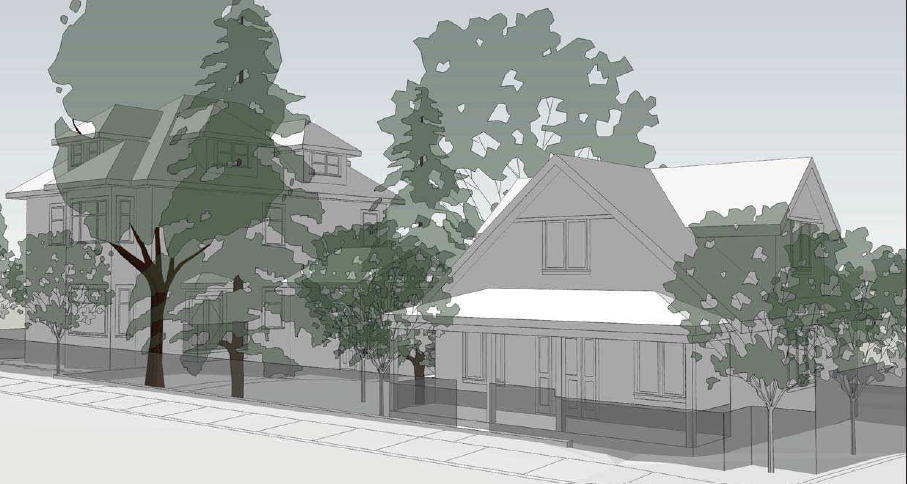 Heritage Revitalization Agreement Bylaw No. 7977, 2018 and
Heritage Revitalization Agreement Bylaw No. 7977, 2018 and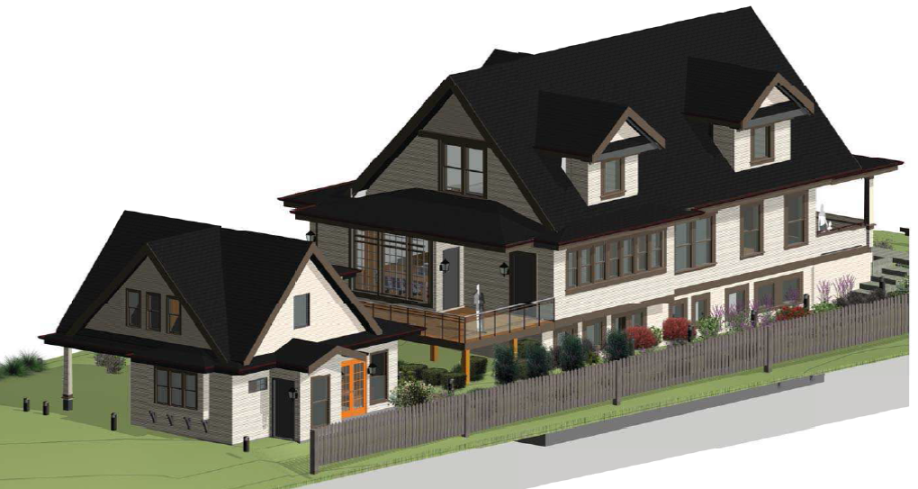 Heritage Revitalization Agreement Bylaw No. 7979, 2018 and
Heritage Revitalization Agreement Bylaw No. 7979, 2018 and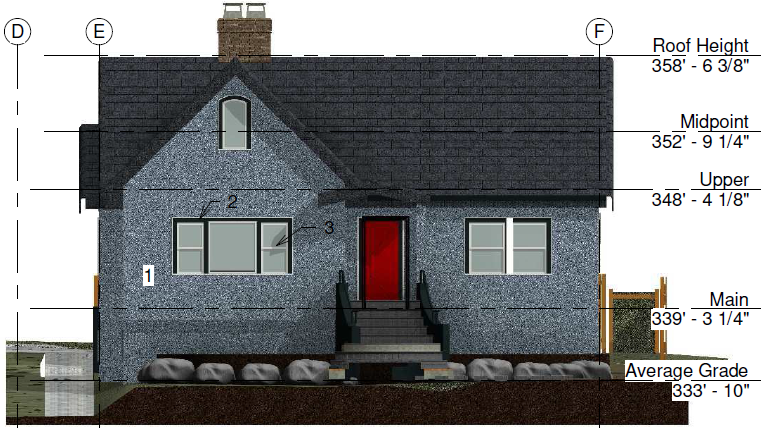 Heritage Revitalization Agreement Bylaw No. 7989, 2018 and
Heritage Revitalization Agreement Bylaw No. 7989, 2018 and Heritage Revitalization Agreement Bylaw No. 8004, 2018 and
Heritage Revitalization Agreement Bylaw No. 8004, 2018 and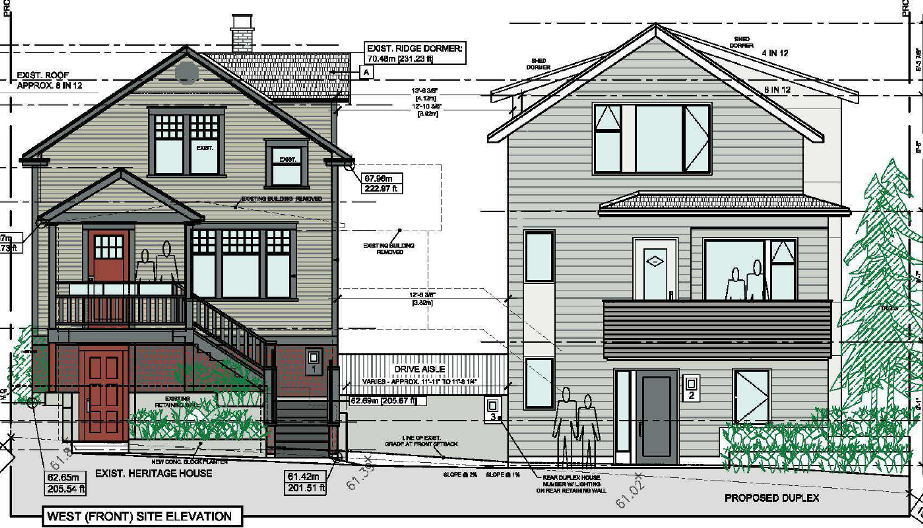 Heritage Revitalization Agreement Bylaw No. 8007, 2018 and
Heritage Revitalization Agreement Bylaw No. 8007, 2018 and This project would see a banquet hall built on a vacant lot near the Casino in Queensborough. We received no correspondence on this project, and no-one came to speak to it. Nothing controversial here, and it will be good to see a piece of commercial property developed. Council voted unanimously to support the Third Reading.
This project would see a banquet hall built on a vacant lot near the Casino in Queensborough. We received no correspondence on this project, and no-one came to speak to it. Nothing controversial here, and it will be good to see a piece of commercial property developed. Council voted unanimously to support the Third Reading.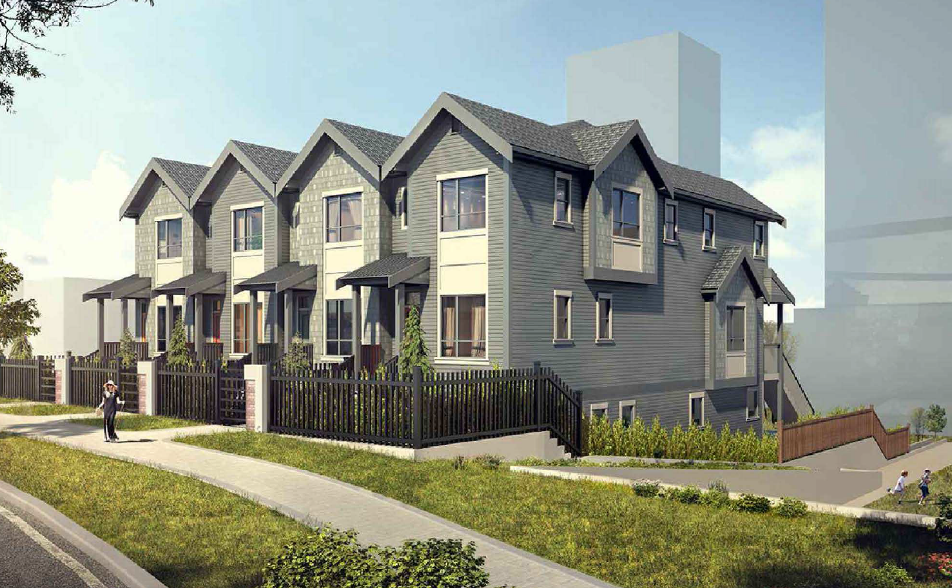 Zoning Amendment Bylaw No. 7954, 2018
Zoning Amendment Bylaw No. 7954, 2018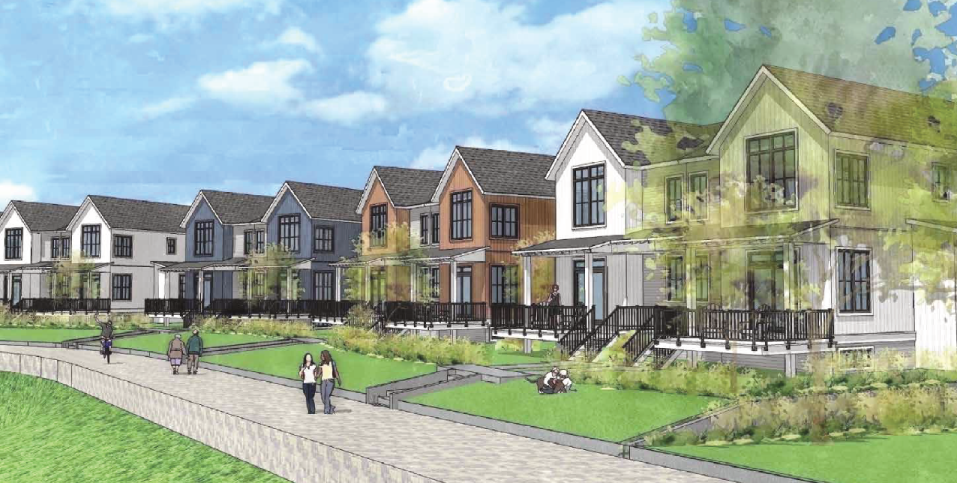 Official Community Plan Amendment Bylaw No. 7982, 2018 and
Official Community Plan Amendment Bylaw No. 7982, 2018 and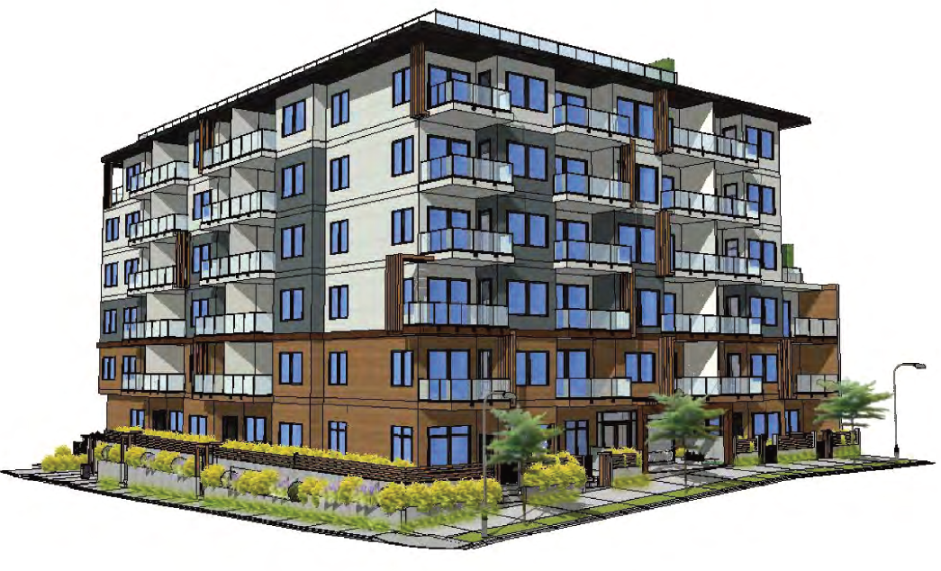 Zoning Amendment Bylaw No. 7996, 2018
Zoning Amendment Bylaw No. 7996, 2018 Overall, this is a positive development that fills a gap in the Brow neighbourhood and provides a good variety of housing types. Council voted 6-1 in favour of supporting the project.
Overall, this is a positive development that fills a gap in the Brow neighbourhood and provides a good variety of housing types. Council voted 6-1 in favour of supporting the project.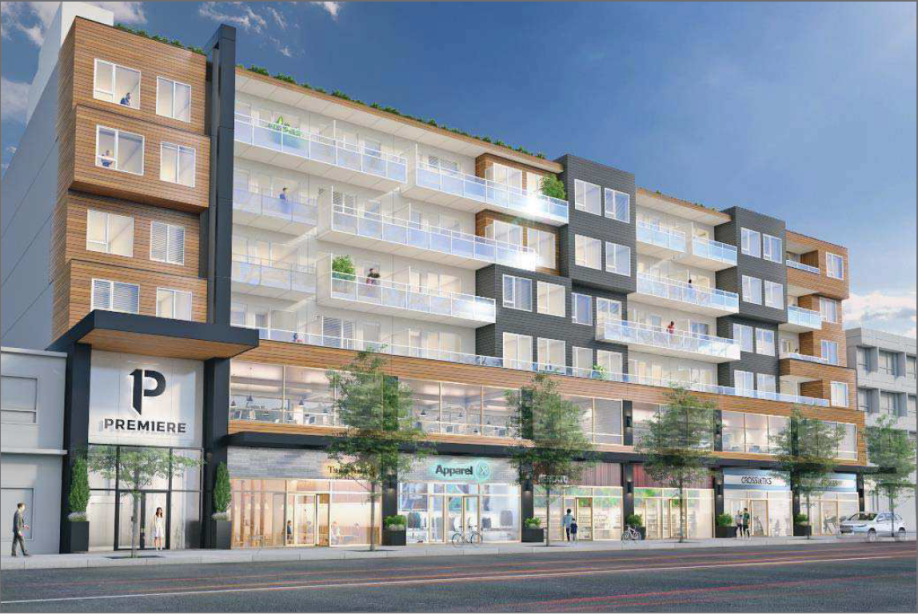 Zoning Amendment Bylaw No. 7995, 2018
Zoning Amendment Bylaw No. 7995, 2018

